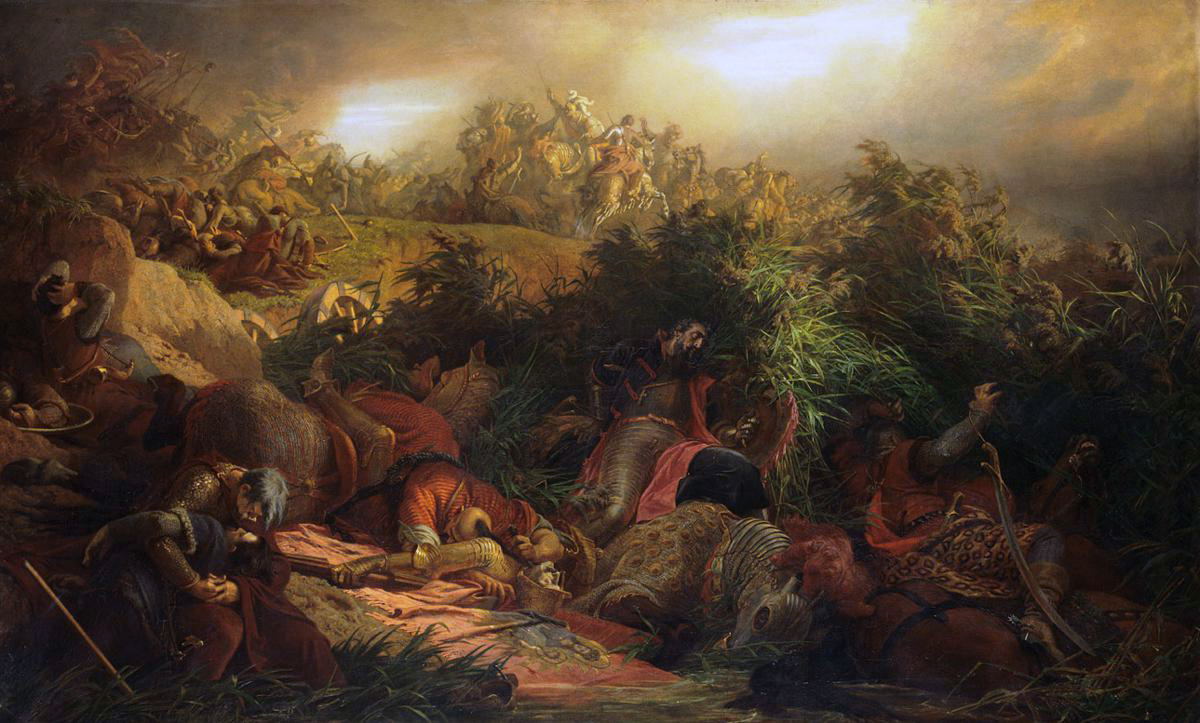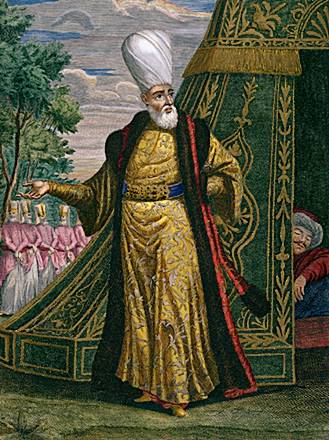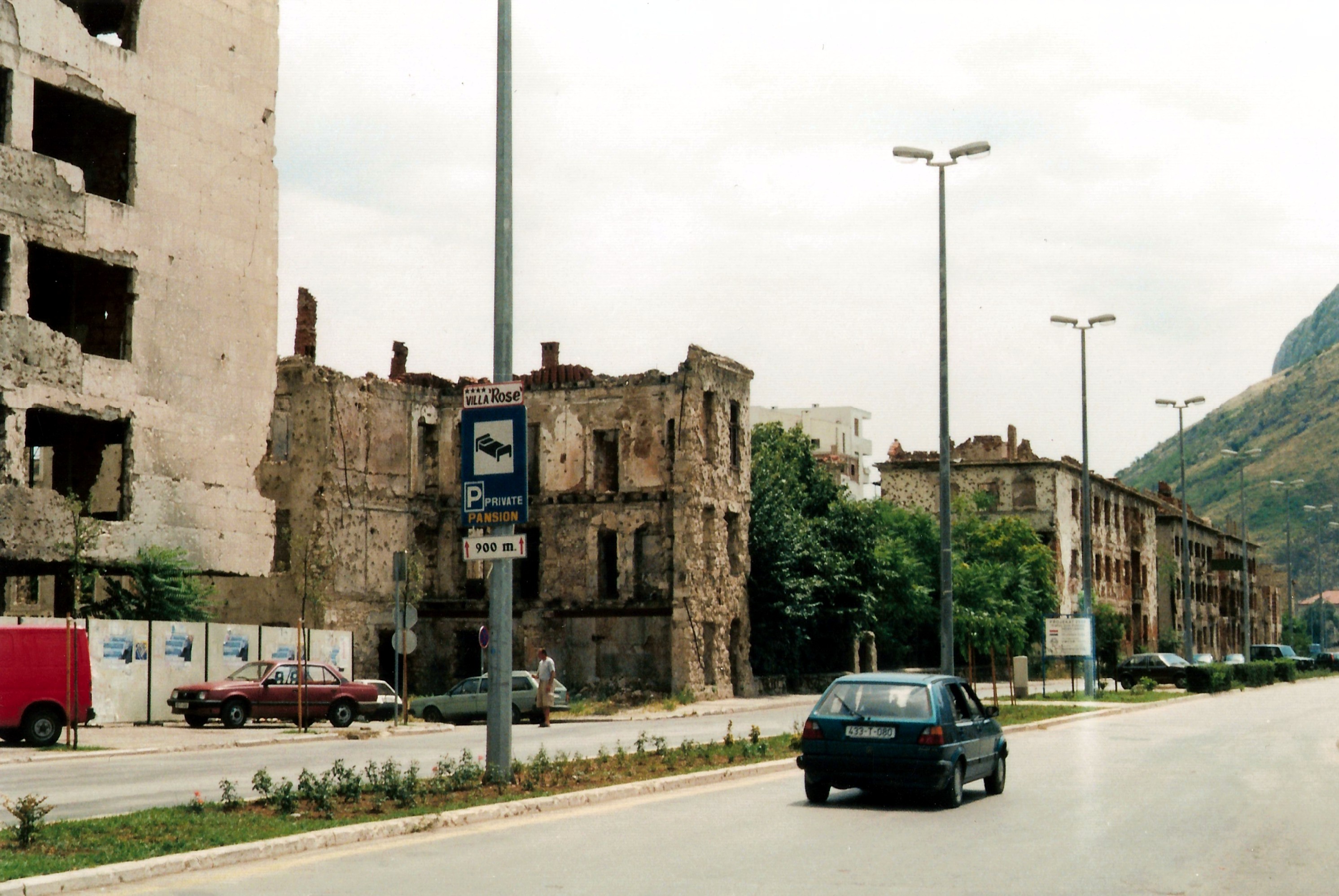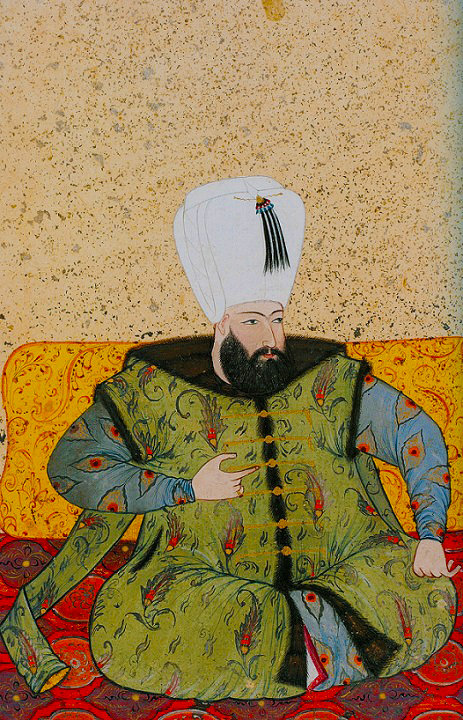|
Mimar Sinan
Mimar Sinan (; , ; – 17 July 1588) also known as Koca Mi'mâr Sinân Âğâ, ("Sinan Agha (title), Agha the Grand Architect" or "Grand Sinan") was the chief Ottoman Empire, Ottoman architect, engineer and mathematician for sultans Suleiman the Magnificent, Selim II and Murad III. He was responsible for the construction of more than 300 major structures, including the Selimiye Mosque, Edirne, Selimiye Mosque in Edirne, the Kanuni Sultan Suleiman bridge (Istanbul), Kanuni Sultan Suleiman Bridge in Büyükçekmece, and the Mehmed Paša Sokolović Bridge in Višegrad, as well as other more modest projects such as madrasa's, külliyes, and bridges. His apprentices would later design the Sultan Ahmed Mosque in Istanbul and the Stari Most bridge in Mostar. The son of a stonemason, he received a technical education and became a military engineer. He rose rapidly through the ranks to become first an officer and finally a Janissary commander, with the honorific title of Sinan.Goodwin ... [...More Info...] [...Related Items...] OR: [Wikipedia] [Google] [Baidu] [Amazon] |
Suleiman The Magnificent
Suleiman I (; , ; 6 November 14946 September 1566), commonly known as Suleiman the Magnificent in the Western world and as Suleiman the Lawgiver () in his own realm, was the List of sultans of the Ottoman Empire, Ottoman sultan between 1520 and his death in 1566. Under his administration, the Ottoman Empire ruled over at least 25 million people. After succeeding his father Selim I on 30 September 1520, Suleiman began his reign by launching military campaigns against the Christendom, Christian powers of Central and Eastern Europe and the Mediterranean; Siege of Belgrade (1521), Belgrade fell to him in 1521 and Siege of Rhodes (1522), Rhodes in 1522–1523, and at Battle of Mohács, Mohács in 1526, Suleiman broke the strength of the Kingdom of Hungary in the Middle Ages, Kingdom of Hungary. Presiding over the apex of the Ottoman Empire's economic, military, and political strength, Suleiman rose to become a prominent monarch of 16th-century Europe, as he personally led Arm ... [...More Info...] [...Related Items...] OR: [Wikipedia] [Google] [Baidu] [Amazon] |
Rüstem Pasha Mosque
The Rüstem Pasha Mosque () is an Ottoman mosque located in the Hasırcılar Çarşısı (Strawmat Weavers Market) in the Tahtakale neighborhood of the Fatih district of Istanbul, Turkey, near the Spice Bazaar. Named after Rüstem Pasha, who served as Grand Vizier of the Ottoman Empire under Sultan Suleiman I, it was designed by the Ottoman imperial architect Mimar Sinan and completed in around 1563. The mosque is noted for the many different designs of İznik tiles that cover almost every vertical surface both in the interior and under the entrance porch. History Rüstem Pasha The Rüstem Pasha Mosque was designed by Ottoman imperial architect Mimar Sinan for the Grand Vizier Rüstem Pasha. Rüstem Pasha was the husband of Mihrimah Sultan, one of the daughters of Suleiman the Magnificent by Hurrem Sultan, and served as Grand Vizier (a role comparable to a European prime minister) from 1544 to 1553 and from 1555 to 1561. Rüstem Pasha commissioned a number of import ... [...More Info...] [...Related Items...] OR: [Wikipedia] [Google] [Baidu] [Amazon] |
Janissary
A janissary (, , ) was a member of the elite infantry units that formed the Ottoman sultan's household troops. They were the first modern standing army, and perhaps the first infantry force in the world to be equipped with firearms, adopted during the reign of Murad II (r. 1421–1444, 1446–1451). The corps was established under either Orhan or Murad I, and dismantled by Mahmud II in 1826. Janissaries began as elite corps made up through the ''devşirme'' system of Ghilman, child levy enslavement, by which Ethnic groups in Europe, indigenous European Christians, Christian boys, chiefly from the Balkans, were taken, levied, subjected to forced circumcision and Forced conversion#Islam, forced conversion to Islam, and incorporated into the Ottoman army in the 15th–19th centuries, Ottoman army. They became famed for internal cohesion cemented by strict discipline and order. Unlike typical History of slavery in the Muslim world, slaves, they were paid regular salaries. Forbidden ... [...More Info...] [...Related Items...] OR: [Wikipedia] [Google] [Baidu] [Amazon] |
Mostar
Mostar () is a city and the administrative centre of Herzegovina-Neretva Canton of the Federation of Bosnia and Herzegovina, an entity of Bosnia and Herzegovina, and the historical capital of Herzegovina. Mostar is situated on the Neretva River and is the fifth-largest city in the country. Mostar was named after the bridge keepers (''mostari'') who guarded the Stari Most (Old Bridge) over the Neretva during the Ottoman Bosnia and Herzegovina, Ottoman era. The Old Bridge, a UNESCO World Heritage Site, commissioned by Suleiman the Magnificent in the 16th century, is one of Bosnia and Herzegovina's most visited landmarks, and is considered an exemplary piece of Islamic architecture in the Balkans. History Ancient and medieval history Human settlements on the river Neretva, between Mount Hum (Mostar), Mount Hum and the Velež Mountain, have existed since prehistory, as witnessed by discoveries of fortified enceintes and cemeteries. Evidence of Roman people, Roman occupation was di ... [...More Info...] [...Related Items...] OR: [Wikipedia] [Google] [Baidu] [Amazon] |
Sultan Ahmed Mosque
The Blue Mosque, officially the Sultan Ahmed Mosque (), is an Ottoman-era historical imperial mosque located in Istanbul, Turkey. It was constructed between 1609 and 1617 during the rule of Ahmed I and remains a functioning mosque today. It also attracts a large number of tourists and is one of the most iconic and popular monuments of Ottoman architecture. The mosque has a classical Ottoman layout with a central dome surrounded by four semi-domes over the prayer hall. It is fronted by a large courtyard and flanked by six minarets. On the inside, it is decorated with thousands of Iznik tiles and painted floral motifs in predominantly blue colours, which give the mosque its popular name. The mosque's ''külliye'' (religious complex) includes Ahmed's tomb, a madrasa, and several other buildings in various states of preservation. The mosque was built next to the former Hippodrome and stands across from the Hagia Sophia, another popular tourist site. The Blue Mosque was include ... [...More Info...] [...Related Items...] OR: [Wikipedia] [Google] [Baidu] [Amazon] |
Külliye
A külliye () is a complex of buildings associated with Turkish architecture centered on a mosque and managed within a single institution, often based on a waqf (charitable foundation) and composed of a madrasa, a Dar al-Shifa (clinic), kitchens, bakery, hammam, other buildings for various charitable services for the community and further annexes. The tradition of külliye is particularly marked in Turkish architecture, starting in Anatolian Seljuk architecture, Seljuq, then especially in Ottoman architecture, Ottoman, and also in Timurid architecture, Timurid architectural legacies., pages 200–205 The word is derived from Turkish , meaning "complete". History The külliye concept is based on the earliest form of the mosque. The mosque was not only used as a house of praying but also as a place for eating, teaching and as a hostel for the poor. The structure of the külliye derived from such concept. Instead of using one mosque for various services, other buildings were built ... [...More Info...] [...Related Items...] OR: [Wikipedia] [Google] [Baidu] [Amazon] |
Višegrad
Višegrad ( sr-cyrl, Вишеград, ) is a town and municipality in Republika Srpska, Bosnia and Herzegovina. It rests at the confluence of the Drina and the Rzav (Drina), Rzav river. As of 2013, the municipality has a population of 10,668 inhabitants, while the town of Višegrad has a population of 5,869 inhabitants. The town includes the Ottoman Empire, Ottoman-era Mehmed Paša Sokolović Bridge, a UNESCO world heritage site which was popularized by Ivo Andrić in his novel ''The Bridge on the Drina''. A tourist site called ''Andrićgrad (Andrić Town)'', dedicated to Andrić, is located near the bridge. Etymology Višegrad is a South Slavic languages, South Slavic toponym meaning "the upper town/castle/fort". Geography Višegrad is located at the confluence of the Drina river and the Rzav (Drina), Rzav river in eastern Bosnia and Herzegovina, on the road from Goražde and Ustiprača towards Užice, Serbia, which is part of the geographical region of Podrinje. It is also ... [...More Info...] [...Related Items...] OR: [Wikipedia] [Google] [Baidu] [Amazon] |
Büyükçekmece
Büyükçekmece, historically Athyras (Greek: Αθύρας) is a municipality and district of Istanbul Province, Turkey. Its area is 173 km2, and its population is 277,181 (2022). It is on the Sea of Marmara coast of the European side, west of the city. It is largely an industrial area. The mayor is Ahmet Şahin ( CHP). History The land around this inlet of the Sea of Marmara, has been settled, abandoned and resettled throughout history as army after army passed along the coast to the Bosphorus. It is thought to be the site of the Greek colony on the Marmara shore called Athyras (ς). In 443 AD, the armies of Attila the Hun took this settlement and its associated fort, and this was presumably his last conquest of that campaign before turning around. The earliest mention of the bishopric of Athyra in a list of dioceses is of the late 15th century, but a seal has been found of a 10th-century Bishop Orestes of the see. No longer a residential bishopric, Athyra is today liste ... [...More Info...] [...Related Items...] OR: [Wikipedia] [Google] [Baidu] [Amazon] |
Kanuni Sultan Suleiman Bridge (Istanbul)
The Kanuni Sultan Suleiman bridge (), also known as Büyükçekmece Bridge, is a stone arch bridge located in Büyükçekmece, west of the center of Istanbul, Turkey, on the European side of the Bosphorus. The bridge was built during the Ottoman period by chief architect Mimar Sinan (c. 1488/1490–1588), across the mouth of the large but shallow inlet known as Lake Büyükçekmece. Construction started in 1566 and the bridge opened in 1567. During construction it is reported that the water was pumped out of Lake Büyükçekmece Lake Büyükçekmece () is a Liman (landform), liman formed at the point where the river Karasudere flows into the Marmara Sea. The lake is located south of the Çatalca district, west of Istanbul, Turkey. It is used as a freshwater reservoir. Th ..., and of stones were set in place. The bridge comprises 28 spans and is divided into four sections by the presence of three shallow islets along its length. Its role serving large volumes of traffic as ... [...More Info...] [...Related Items...] OR: [Wikipedia] [Google] [Baidu] [Amazon] |
Edirne
Edirne (; ), historically known as Orestias, Adrianople, is a city in Turkey, in the northwestern part of the Edirne Province, province of Edirne in Eastern Thrace. Situated from the Greek and from the Bulgarian borders, Edirne was the second capital city of the Ottoman Empire from the 1360s to 1453, before Constantinople became its capital. The city is a commercial centre for woven textiles, silks, carpets and agricultural products and has a growing tourism industry. It is the seat of Edirne Province and Edirne District.İl Belediyesi Turkey Civil Administration Departments Inventory. Retrieved 1 March 2023. Its population is 180,002 (2022). In the local elections on March 31, 2024, lawyer Filiz Gencan Akin was elected as the new mayor of the city of Edirne, succeeding Recep Gürkan, who had been ... [...More Info...] [...Related Items...] OR: [Wikipedia] [Google] [Baidu] [Amazon] |
Murad III
Murad III (; ; 4 July 1546 – 16 January 1595) was the sultan of the Ottoman Empire from 1574 until his death in 1595. His rule saw battles with the Habsburg monarchy, Habsburgs and exhausting wars with the Safavid Iran, Safavids. The long-independent Saadi Sultanate, Morocco was for a time made a vassal of the empire but regained independence in 1582. His reign also saw the empire's expanding influence on the eastern coast of Africa. However, the empire was beset by increasing corruption and inflation from the New World which led to unrest among the Janissary and commoners. Relations with Elizabethan England were cemented during his reign, as both had a common enemy in the Spanish Empire, Spanish. He was also a great patron of the arts, commissioning the ''Siyer-i Nebi, Siyer-i-Nebi'' and other illustrated manuscripts. Early life Born in Manisa on 4 July 1546, Şehzade Murad was the oldest son of Şehzade Selim II, Selim and his powerful wife Nurbanu Sultan. He received a good ... [...More Info...] [...Related Items...] OR: [Wikipedia] [Google] [Baidu] [Amazon] |






